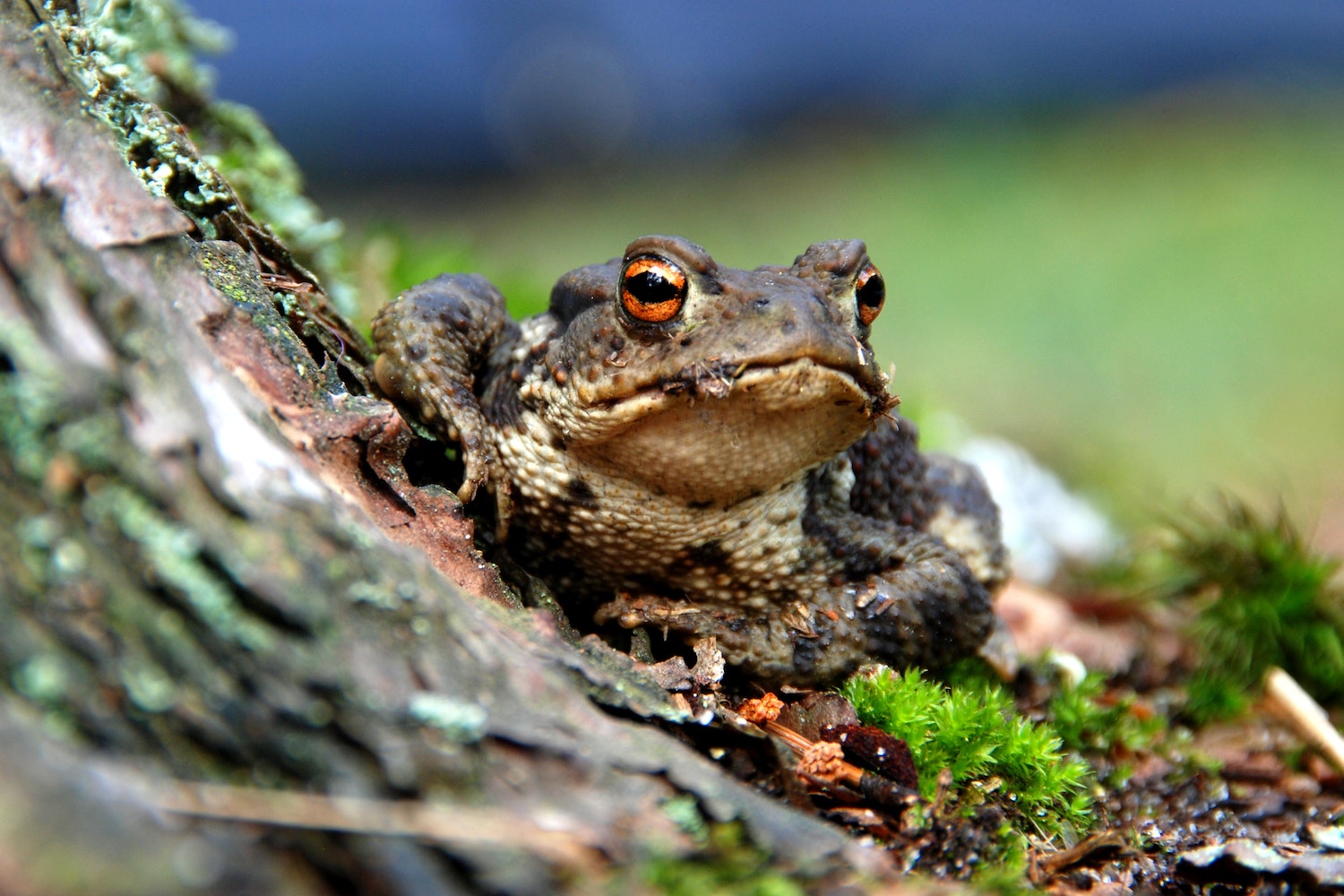Like every year towards the end of winter, the amphibian love season has begun, and will continue until the summer. Toads, frogs, salamanders and other amphibious animal species they wake up right in this period between the end of February and the beginning of March from hibernation and following their instinct they migrate from the mainland towards the reproductive areas. The breeding wetlands where to lay the eggs, such as ponds, small lakes, pools, streams, are often separated from places of hibernation by human infrastructures such as roads, railways and inhabited places. And it is here that toads, frogs and amphibians in general risk losing their lives.
How to help amphibians during mating season
You will surely have noticed some dead amphibians crushed on the road. And if you pay close attention, it is very likely that there is more than one in the same area. Not necessarily but most likely they are males who, having come out, were waiting for the female to reproduce. But females traveling to wetlands for breeding also run the same risk. The good news is that the presence of amphibians is generally a symptom of well-preserved environments; the bad news is that especially in anthropized areas, and mainly due to low rainfall and drought, are at risk of disappearing, with a serious risk of alteration of the local ecosystem.
Frogs, toads, salamanders and other amphibians are crucial for maintaining the ecological balance of the territory and its biodiversity. In fact, they carry out a control action on insects that live in wetlands, such as mosquitoes, but they also feed on other species harmful to agriculture, such as snails. And that’s why it would be appropriate to help these animals during their migration to the breeding areas.
What can be done to save amphibians
Migration paths are generally known locally, and are not uncommon to find signs warning to slow down and pay attention. In addition to placards are also often found traffic barriers such as temporary plastic fences or, in the most virtuous cases, even underground passages.
If you notice signs and fences, and want to help out, you can join the local groups of volunteers who “pick up” and ferry them in the evening on the other side of the road; or if you notice many dead specimens and no warning signs or infrastructures, you can contact the Municipality and ask that measures be taken to protect these animals, or even start a local group of volunteers.
To help toads and frogs cross the road all you need is a pair of gloves, a bucket, a flashlight and, considering the darkness of the evening, wear reflective vests or high-visibility clothing to be seen from a distance by motorists.
READ ALSO: Why wild animals come to live in the city
Advertising
